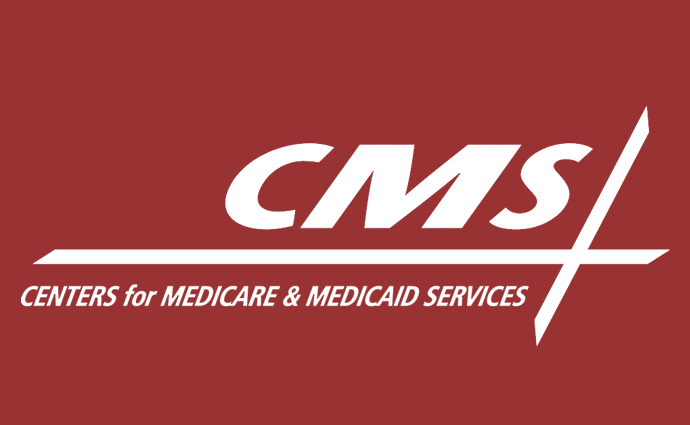CMS Releases Initial Quality Payment Program Results for 2019
An overwhelming majority (97%) of eligible clinicians engaged with the Quality Payment Program, with 84% of them earning a positive payment adjustment for exceptional performance, CMS reports.

Source: Centers for Medicare & Medicaid Services
- Eligible clinicians overwhelmingly participated in the Quality Payment Program despite facing challenges caused by the COVID-19 pandemic, according to preliminary data from CMS.
CMS announced in a blog post last week that over 97 percent of clinicians required to participate in the Quality Payment Program engaged with the Merit-Based Incentive Payment System (MIPS) by sending at least some data the individual, group, virtual group, or Alternative Payment Model (APM) Entity level in 2019.
Participation in the Quality Payment Program in 2019 also increased by number of eligible clinicians, the first look at program results showed.
MIPS participation rose from 889,995 eligible clinicians in 2018 to 954,614 in 2019 and the total number of Qualifying APM Participants (QPs) increased from 183,306 in 2018 to 195,564 in 2019.
Additionally, most of the clinicians participating in the program will see a positive payment adjustment based on their performance during the period. Specifically, 12 percent of MIPS eligible clinicians will receive a positive payment adjustment of up to 1.79 percent of their Medicare payments. Another 84 percent will earn an additional adjustment for exceptional performance.
No MIPS eligible clinicians will receive a negative payment adjustment and 4 percent will not receive an adjustment at all.
CMS noted that the maximum MIPS payment adjustment for exceptional performance during the 2019 reporting year is the highest since the Quality Payment Program began. However, clinicians earning a positive adjustment may not see the full 1.79 percent boost because of the program’s budget-neutrality requirement.
Additionally, more clinicians who may have earned the maximum negative adjustment in 2019 qualified for reporting exceptions because of COVID-19, CMS reported.
During the COVID-19 pandemic, CMS offered several reporting flexibilities to reduce the burden of the Quality Payment Program during early 2020. Those flexibilities included extending the submission window for MIPS, extending the automatic Extreme and Uncontrollable Circumstances policy to all individual MIPS eligible clinicians who had not submitted data to CMS, and re-opening that same policy application to allow clinicians, groups, and virtual groups to request reweighting of the MIPS performance categories to 0 percent.
Over 65,200 received reweighting of one or more MIPS performance categories, CMS reported. Of those clinicians, more than 29,000 received reweighting of all their performance categories and were assigned a neutral score.
This led to a smaller pool of dollars from negative adjustments that can be redistributed and used for positive payment adjustments, CMS explained in the announcement.
“Though this may be disappointing, it’s critical that we support every clinician so they can focus on what’s most important during the COVID-19 pandemic, caring for patients,” the federal agency stated.
Clinicians also should resist the urge to put off participation in the future because of this year’s results, the agency indicated.
Stakeholders have been leery of MIPS payment adjustments in the past, arguing that exclusions resulting in reduced participation penalize high-performers by lowering maximum payment adjustments from the pool of dollars.
Some groups, like the American Medical Group Association, have urged Congress to fully implement the Quality Payment Program to advance the value-based care transition.
The COVID-19 pandemic created unique challenges in 2019, but CMS does plan to alter MIPS reporting in the future. In 2022, CMS plans to launch MIPS Value Pathways, or MVPs, to establish an aligned set of measure options specific to a clinician’s scope of practice and patient care.
MVPs would eliminate the clinician’s ability to select whatever measures to report on for MIPS and is part of CMS’ effort to “shift from siloed activities and measures.” The agency intends for the new measure sets to enable comparative performance data.
CMS also intends to create a new option for MIPS eligible clinicians who report under the APM Entity pathway. This would be renamed the APM Performance Pathway, or APP, and would complement the MVP by providing a single, pre-determined measure set.
The agency is still implementing flexibilities to the original MIPS and Advanced APM reporting tracks to ensure clinicians can focus on patient care during the ongoing public health emergency.
